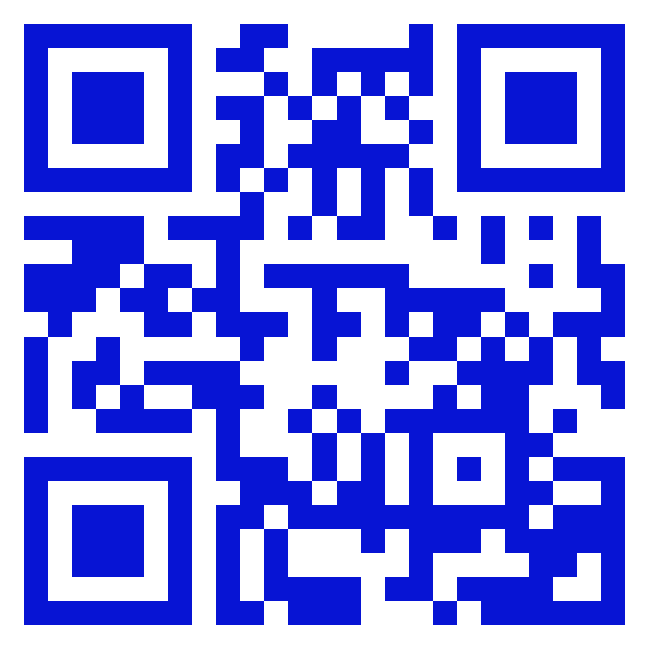Introducing Walrus: Streamline your Delivery with the Platform Engineering Approach
The implementation of DevOps is facing challenges due to the increasing complexity of infrastructure. It can be tough for developers to learn non-development related knowledge, which adds to their cognitive load. As a result, Infra/DevOps teams are constantly flooded with tickets and messages.
It's time for change! In this article, we will dive into how Walrus streamlines your software delivery with the platform engineering approach that makes developers happy and DevOps happier.
Our Goal: Optimize DevOps for Developers and IT Operators
Seal hosts two fully open-source projects: Walrus, an application management platform, and Appilot, an AI agent for DevOps. Our goal with these projects is to make DevOps and developers' lives easier:
For developers:
Focus on application development and business demands
No need to navigate the complexities of Kubernetes and infrastructure
Configure once and deploy applications polymorphically on various infrastructures
Automate to create, release, start/stop environments dynamically
For IT Operators
Enable flexible orchestration of infrastructure capabilities, adhere to best practices, and ensure security compliance
Eliminate tickets and enable self-service for developers
Obtain a comprehensive view of the entire application system for efficient management and troubleshooting
Optimize resource utilization and reduce costs
How IT operators and developers collaborate with Walrus
Self-service infrastructure automation is the key to successful platform engineering. With separation of concerns between IT operators and developers, Walrus's Resource Definition enables automated infrastructure deployment. Developers claim the resource they want in their applications system (MySQL database, Redis cache, etc.), and IT operators define how these resources should be provisioned and configured (MySQL helm charts, AWS RDS service, etc.) in different environments based on different infrastructures.
In today's tech landscape, the collaboration between developers and operators requires intricate coordination. This often leads to a series of manual processes that can hinder the pace of development. Many organizations have turned to the creation of bespoke pipelines or ticketing systems for infrastructure deployments. However, these solutions only alleviate some of the challenges without fully eliminating the need for manual processes.
This is where Resource Definition steps in, offering a unique solution: IT operators can set up Infrastructure as Code (IaC) templates (such as Terraform modules and Helm charts) that developers can leverage for self-service resource provisioning and deployments. Furthermore, Resource Definition empowers operators to establish and enforce corporate policies, dictating the usage, configuration, and deployment permissions of cloud resources. Consequently, developers are freed from the intricacies of deploying suitable infrastructure for their applications, enabling them to concentrate on coding.
For example, an operator who sets up a Resource Definition for deploying MySQL databases that aligns with their organization’s standards: a containerized MySQL in development environment and a HA MySQL database in production environment. The operator can mandate that the IaC templates used and parameters configured based environment type, label and other attributes. Once the Resource Definition is in place, developers can deploy MySQL databases in different modes without concerning themselves with the specifics of its deployment or its configuration accuracy. This division of responsibilities allows operator teams to extend their support to developer teams more effectively, while ensuring that applications are deployed in line with organizational policies.
Here is the comparison between without and with Walrus application model:

Conclusion
Our commitment is backed by the fact that platform engineering has been listed as one of the top 10 technology trends by Gartner for two consecutive years, 2023 and 2024. It fundamentally reimagines how developers engage with technology and how organizations shape their DevOps workflows.
Walrus dedicates itself to utilize the platform engineering approach to simplify application delivery and declutter cognitive load for developers. Plus, with just one-line command, Walrus is incredibly easy to install:
sudo docker run -d --privileged --restart=always -p 80:80 -p 443:443 --name walrus sealio/walrus:v0.4.1
Give it a try and welcome to our community:
Discord: https://discord.gg/fXZUKK2baF
Twitter/X: https://twitter.com/Seal_io
LinkedIn: https://www.linkedin.com/company/seal-io
Youtube: https://www.youtube.com/@Seal-io
Related Blogs
-
2023-09-06Walrus Goes Open Source: Built on Platform Engineering Concept
-
2023-12-28Switching from Terraform: Integrate with OpenTofu in Walrus
-
2023-10-31Integrate Walrus CLI with CI/CD Tools to Deploy the 2048 Game
-
2023-10-25How to Deploy GitLab on AWS EC2 with Walrus
-
2024-01-03Step-by-Step Guide: Airgap Installation of Walrus for Streamlined Software Delivery



 GitHub
GitHub





